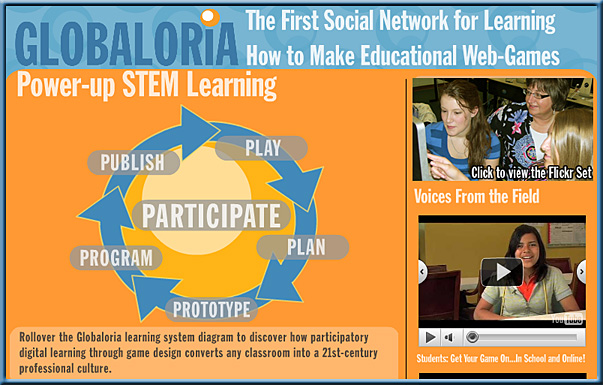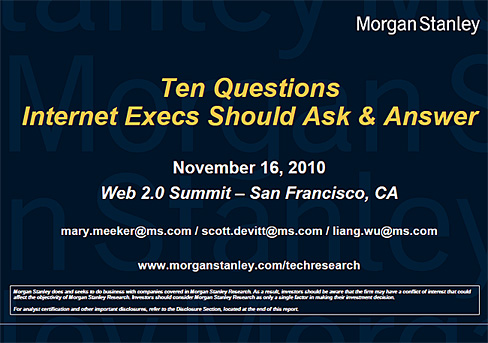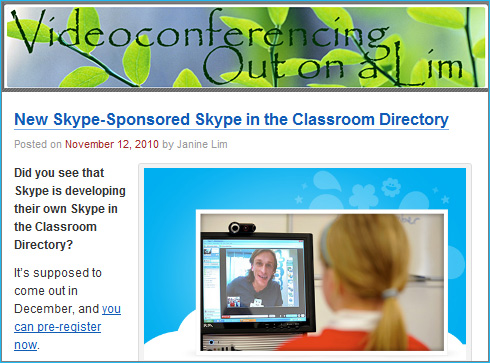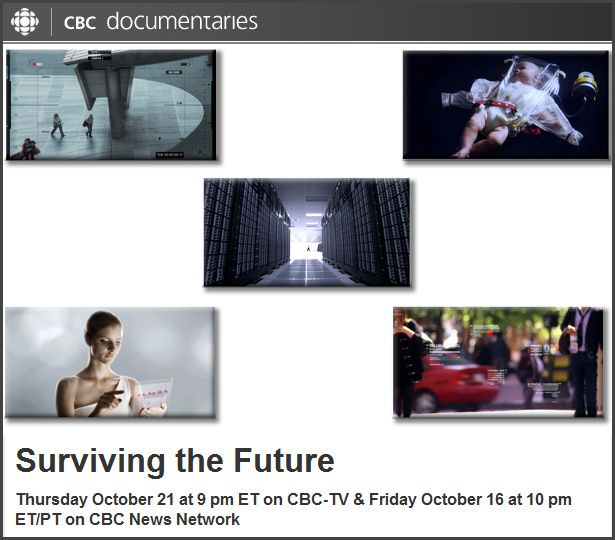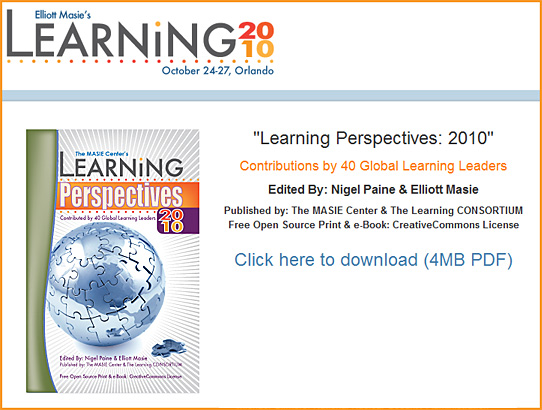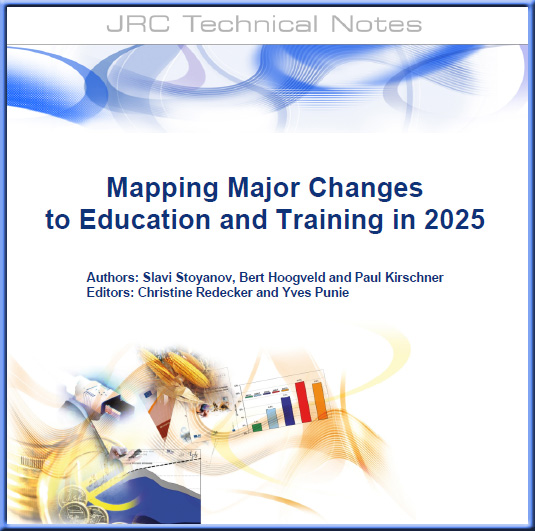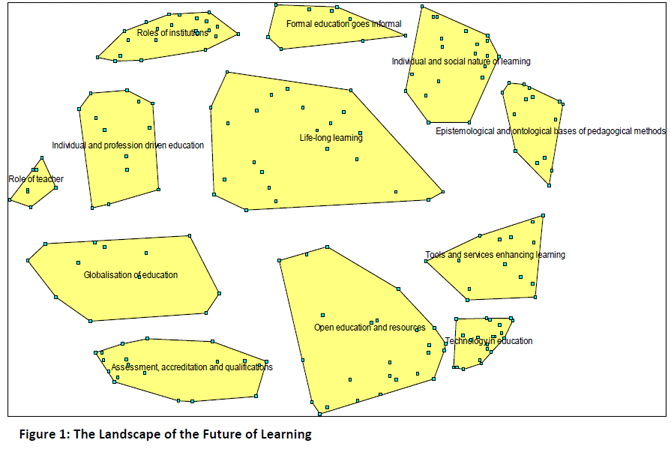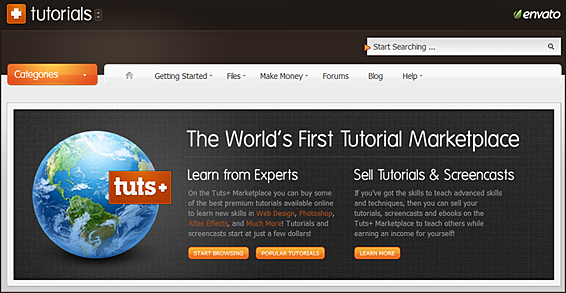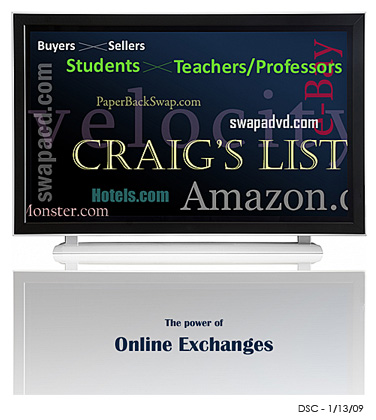Broadband satellite network gets funding for 2013 launch — from wired.co.uk by Mark Brown
— Found originally at blog.oer.sbctc.edu
From biotech visionaries growing new body parts, to in vitro meat, from a global sensor web that monitors the health of the earth’s biosphere, to a massive effort to reverse-engineer the human brain, Surviving the Future takes a disquieting and astonishing look at some of science’s most radical new technologies.
The film also takes a hard look at the ‘new normal’ of the climate crisis, as we balance our desire to be environmentally responsible—to ‘do the right thing’—and still participate in the consumer economy that is, for better or worse, the basis of our society.
Surviving the future is an unsettling glimpse into the human psyche right now, as our culture staggers between a fervent belief in futuristic utopian technologies on the one hand, and dreams of apocalyptic planetary payback on the other.
Thought provoking and visually stunning, Surviving the Future looks at the stark and extreme choices facing our species as we prepare ourselves for the most challenging and consequential period in our history.
From DSC:
These are some of the things I was alluding to in my post here…I’d be more comfortable with many of these things if the state of the heart were in better condition.
EDUCAUSE 2010 Day 2: Hamel, Gates, lecture capture, and tough publishers — from InsideHigherEd.com by Joshua Kim
From DSC:
Especially of interest here to me was the item about TechSmith and Sonic Foundry…veerrry interesting. Also, administrators, deans, and department chairpersons NEED to hear Hamel’s presentation/thoughts. To me, it held some of the most lasting value from any presentation that was offered online yesterday.
Gary emphasized the need for us to keep reinventing ourselves — and I would add, given the pace of change, this is just as true of each of us as individuals as our collective organizations. He noted the accelerating pace of change, that knowledge itself is changing…and that most organizations today were never built to handle this kind of change. He stressed the need to be more nimble.
The web:
- Dematerializes
- Disintegrates
- Disintermedites
- Democratizes
Too often organizational change is episodic, convulsive — reacting to a time of crisis. (From DSC: Read…when the organization has been broadsided.)
We are broadsided not because we couldn’t see things coming down the pike, but because those things were not pallatable to us….hmmm…sounds of online learning and web-based collaboration are ringing in my ears…
Try to imagine the unimaginable.
Part I: New Learning Frameworks
Part II: Under30 Perspectives
Part III: Learning in Action
Part IV: Learning Changes
From Elliott Masie:
We are pleased to announce a free, Open-Source, eBook for and by Learning Professionals:
“Learning Perspectives: 2010” | Contributions by 40 Global Learning Leaders | http://www.learning2010.com/ebook
The articles in this eBook cover the wide range of viewpoints and perspectives on the changing nature of Learning. It includes articles from our 30 Under 30 Learning Leaders. Contributors from Google, Intel, Lockheed Martin, Accenture, Alliance Pipeline, Farmers Insurance, Veterans Administration, Cleveland Clinic, CNN, Liberty Mutual, CIA, Luxotica and many more.
“Learning Perspectives: 2010” is published by The MASIE Center as an Open Source ebook and will also be distributed in hard copy format to every attendee at the upcoming Learning 2010 event to be held in Orlando, starting on October 24th. Note: “Last Minute” Registration Rates available for Learning 2010 – http://www.learning2010.com
Download your copy of “Learning Perspectives: 2010” at http://www.learning2010.com/ebook
— originally from:
A World of Learning: Education Portal Speaks With the CEO of Room to Read — educational-portal.com
Learning powered by technology — from ednetinsight.com
Karen Cator, Director, Office of Educational Technology, U.S. Department of Education
The vision and model of learning articulated in the National Education Technology Plan, Transforming American Education: Learning Powered by Technology, was informed by the ideas, case studies, research, and involvement of thousands of teachers, parents, students, researchers, professors, and policymakers. The model posits that in order to transform American education, we need to leverage modern technologies to create a massively customized, superpowered learning environment tuned for this generation of students.
We are seeing more and more examples of effective and compelling learning opportunities in and out of classrooms using digital resources and online collaborative environments to engage and inform teachers and students. There are countless articles published, stories told, and student work displayed showcasing global interactions, presentations of creative solutions to complex problems, and professional grade works done by students and worthy of a wide audience. We are observing teachers challenging students with interesting assignments that allow for exploration and practice using technologies to do their work.
We see increasing inclusion of social and participatory experiences coupled with online learning. And alongside this advent of social networking technologies comes the ability to access presentations, lectures, and interviews with experts; repositories of highly produced media; and a wealth of museum, national, state, and local park resources and library and reference materials previously available only in physical locations. All of this is “at our fingertips” and “on the go” in our increasingly mobile-enabled world. These existing and emerging technologies, resources, and interactions combine to create what should be the golden age of teaching and learning.
So as we manage this transition from a predominantly print-based classroom to a digital learning environment, we have been launching a number of initiatives. Here are a few worth mentioning…









